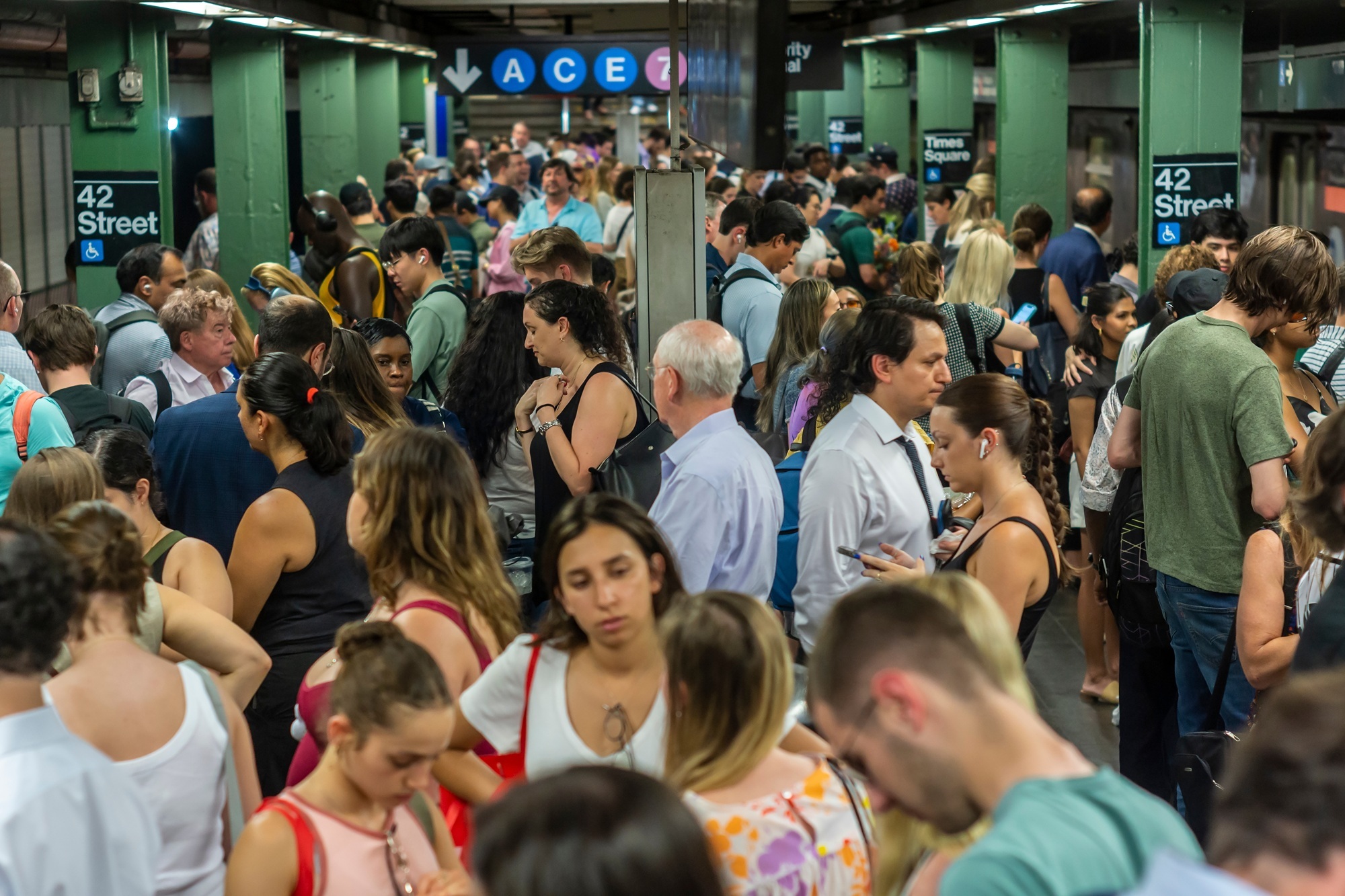Infrastructure woes were at the heart of the chaos. In July alone, delays tied to aging electrical and signal systems hit record highs. Upgrades meant to be the cure-all fix for most of the most egregious issues are still badly behind, slipping anywhere from nine months to three years past their deadlines. And the MTA’s five-year construction plan was hamstrung earlier this year by a five-month funding standoff between lawmakers and the governor.
RECOMMENDED: A 14-mile train line connecting Brooklyn and Queens is officially in the works
To make matters messier, MTA vice president Bill Amarosa noted that updated criteria for “major incidents” introduced in 2023 make the rise in incidents look more dramatic. More disruptions are now logged as “major” because now more granular incident details factor into pushing events past the 50-train delay threshold. OK, sure, but that metric has nothing to do with the underground white water rafting many riders had to embark upon during the recent storms.
Still, MTA spokesperson Joana Flores claimed that on-time performance remained roughly on par with last summer, with about one in five weekday trains delayed. Flores added that ongoing repairs and significant investments planned in the upcoming capital plan should eventually ease the pain points. Hopefully, that happens before fares for unreliable transit climb up to the proposed $3.
But the fact remains that this was a very rough summer for anyone trying to get anywhere. Slow, sweaty commutes left workers hot and frustrated, staring at the arrival’s clocks in despair or rage. By the time September rolled in with its crisp air and renewed optimism, too many straphangers were left with one question: When will taking a subway feel like something you can take for granted again, instead of a gamble with your arrival time?
